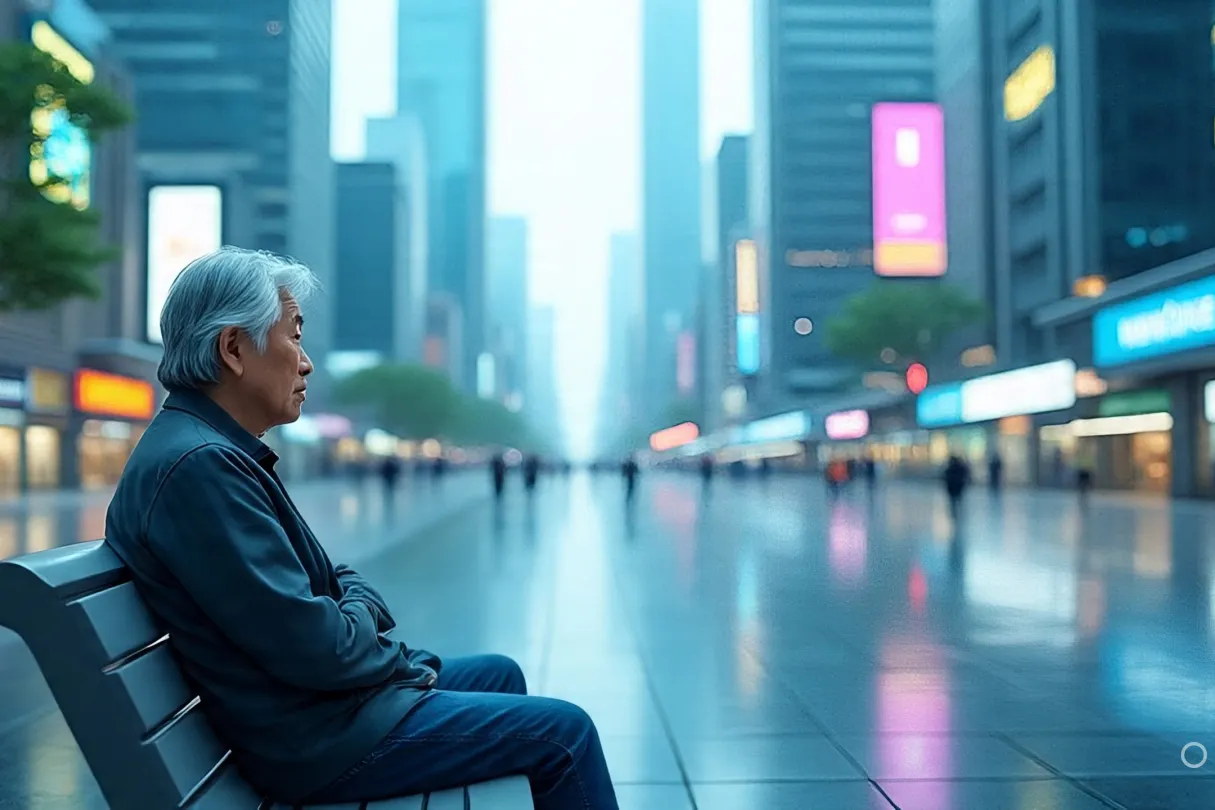Hanoi, a city steeped in centuries of history and whispered folklore, stands proudly on the banks of the Red River – a waterway as vital to Vietnam’s identity as its resilient people. The river, with its powerful currents and ancient presence, has long been woven into the tapestry of Vietnamese mythology, often depicted as the realm of powerful water spirits and, most notably, sacred dragons. Legend has it that the very land on which Hanoi sits was once blessed by the descent of a golden dragon.
But beneath the bustling streets and the familiar rhythm of modern life, a more clandestine narrative has taken root in the shadowy corners of local lore and online forums: the theory of a secret cult, a hidden society devoted to the worship of an ancient dragon god slumbering beneath the Red River’s murky depths.
This isn’t a tale confined to dusty old scrolls. It’s a living urban legend, whispered among hushed circles, particularly during times of social or political unease. The idea of a subterranean cult, wielding hidden powers and drawing their strength from a primordial deity, taps into a deep vein of Vietnamese spiritual tradition, where the lines between the earthly and the divine have always been fluid. It conjures images of forgotten temples, clandestine rituals, and an ancient power that could, perhaps, influence the fate of the city itself.
To unravel this intriguing theory, we must journey into the heart of Vietnamese mythology, explore the historical context that might lend it credence, and ultimately separate the captivating allure of folklore from the tangible realities of Hanoi’s present.
🐉 Echoes of the Past: Dragons in Vietnamese Mythology
The dragon, or rồng, holds a place of immense significance in Vietnamese culture. It is one of the four sacred animals (alongside the phoenix, tortoise, and unicorn), symbolizing power, nobility, prosperity, and wisdom. Vietnamese creation myths often feature dragon deities playing pivotal roles in the formation of the land and the origins of the Vietnamese people themselves, who are said to be descendants of a dragon lord and a fairy.
The Red River, in particular, is deeply associated with these serpentine creatures. Legends speak of dragons ascending and descending into its depths, their movements shaping the river’s course and influencing the fertility of the surrounding lands.
The very name of Thăng Long, the ancient name for Hanoi, translates to “Ascending Dragon,” commemorating a mythical golden dragon said to have appeared on the site in the 11th century, marking its destiny as a seat of power. This rich mythological heritage provides fertile ground for the notion of a continuing dragon presence beneath the city, perhaps even a powerful deity demanding secret veneration.
🏛️ Subterranean Secrets: Temples and Hidden Powers
The idea of hidden temples and subterranean realms is also prevalent in Vietnamese folklore and historical accounts. Stories of ancient rulers seeking divine guidance in secluded sanctuaries, or treasures and powerful artifacts being concealed beneath the earth, are common.
This cultural backdrop lends a degree of plausibility to the concept of a secret cult operating in the shadows, perhaps within forgotten tunnels or chambers beneath the Red River, drawing power from a slumbering dragon god.
Furthermore, the belief in geomancy and the influence of earth energies (long mạch or dragon veins) on the prosperity and fortune of a place is deeply rooted in Vietnamese tradition. The Red River itself is considered a vital long mạch for Hanoi. The idea of a cult attuned to this energy, perhaps even seeking to control or appease the dragon spirit believed to reside within it, resonates with these long-held beliefs about the interconnectedness of the physical and spiritual realms.
🗣️ Voices from the City: Folklore and Modern Whispers
To understand the contemporary pulse of this urban legend, it’s essential to consider the perspectives of those who study and those who speak of it:
- Cultural Historians: Historians specializing in Vietnamese culture point to the enduring power of mythology and its ability to adapt to modern contexts. They explain that in times of societal change or uncertainty, people often turn to familiar narratives, reinterpreting them to make sense of the present. The Red River dragon cult theory, they might argue, could be a modern manifestation of ancient beliefs, reflecting anxieties about rapid urbanization, political shifts, or spiritual displacement. They would emphasize the symbolic nature of dragons in Vietnamese culture and how such legends can serve as metaphors for deeper societal concerns.
- Folklorists: Experts in folklore would highlight the characteristics of urban legends – their tendency to spread through informal networks, their adaptability to local contexts, and their ability to tap into collective fears and desires. The Hanoi Red River dragon cult possesses many of these traits, thriving in the absence of definitive information and fueled by intriguing possibilities. Folklorists might also note the common motif of hidden societies and powerful ancient beings found in various cultures worldwide.
- Online Communities: A significant portion of the modern iteration of this theory exists within online forums and social media groups dedicated to Vietnamese mysteries and urban legends. Here, anonymous individuals share fragmented “evidence,” personal anecdotes (often unverifiable), and interpretations of historical events or unusual occurrences as signs of the cult’s activity. These online spaces serve as echo chambers, amplifying the rumors and contributing to the legend’s persistence.
🚧 Separating Myth from Reality: The Lack of Tangible Evidence
Despite the compelling nature of the folklore and the intriguing possibilities raised by the conspiracy theory, concrete evidence of a secret cult worshipping a dragon god beneath the Red River remains elusive.
- Absence of Archaeological Findings: Hanoi has a long history of archaeological investigation, particularly in areas along the Red River. While numerous historical artifacts and structures have been unearthed, there have been no credible discoveries of subterranean temples or cultic artifacts that align with the descriptions offered by the legend. Major archaeological finds in a densely populated urban area like Hanoi are typically well-documented and publicly reported.
- Lack of Credible Witnesses: Despite the rumors, there are no verifiable accounts from individuals claiming to be members of this secret cult or to have direct knowledge of its existence. The stories that circulate are largely based on hearsay, anonymous online postings, and reinterpretations of historical or mythological narratives.
- Logical Explanations for Unusual Occurrences: Proponents of the theory sometimes point to unexplained events or unusual infrastructure projects around the Red River as evidence of the cult’s influence. However, these occurrences invariably have more mundane explanations related to urban development, environmental factors, or simply misinterpretations of routine activities.
✨ The Enduring Allure of the Myth
While a lack of concrete evidence debunks the notion of a literal, organized cult with subterranean temples and regular dragon god worship, the legend of the Hanoi Red River dragon cult persists for a reason.
It taps into the rich vein of Vietnamese mythology, a cultural heritage where dragons are potent symbols of power and the natural world holds a deep spiritual significance. In a rapidly modernizing city like Hanoi, these legends offer a connection to the past, a sense of mystery within the familiar, and a reminder of the unseen forces that might still shape their world.
Perhaps the “cult” is not a secret society with cloaked figures, but rather the enduring power of folklore itself, a collective fascination with the mythical undercurrents of their city. The Red River, with its constant flow and ancient presence, remains a powerful symbol, its depths holding not necessarily a slumbering deity, but the echoes of a rich cultural imagination.
These stories, even without factual basis, serve to keep the magic alive, reminding us that even in the most urbanized environments, the whispers of ancient legends and the allure of the unknown continue to captivate the human spirit. The dragon may not be physically present beneath the Red River, but its symbolic power, and the stories it inspires, undoubtedly still flow through the heart of Hanoi.




